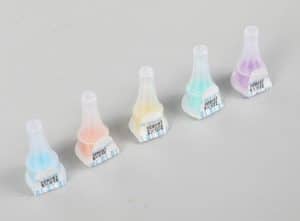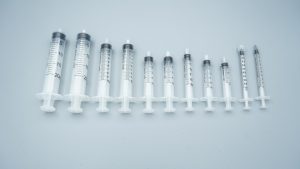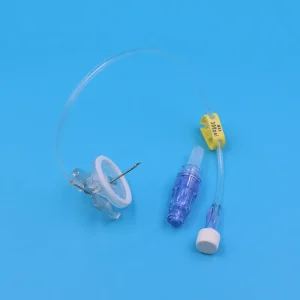This simple question should be part of every diabetic patient’s daily routine, yet studies reveal that up to 85% of insulin pen users reuse their needles beyond recommended guidelines. This seemingly minor oversight carries significant health implications that extend far beyond momentary discomfort.
The Science Behind Single-Use Recommendations
Insulin pen needles are engineered as single-use medical devices with ultra-thin walls and precision-machined tips measuring just 0.23-0.33mm in diameter. During manufacturing, these needles undergo specialized coating processes that create smooth surfaces designed to minimize tissue trauma during injection. However, this delicate engineering deteriorates rapidly with each use.
Microscopic analysis demonstrates that needle tips begin showing structural damage after just one injection. The American Diabetes Association’s research indicates that after two uses, needle tips develop microscopic burrs and hook-like formations that can tear skin and subcutaneous tissue. By the fourth use, these deformities become severe enough to cause visible tissue damage and significantly increase injection pain.
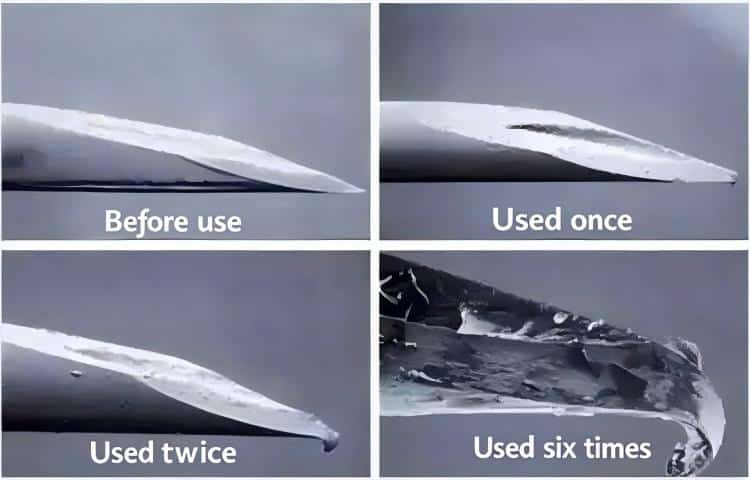
Clinical Evidence of Reuse Complications
A comprehensive study published in the Journal of Diabetes Science and Technology tracked 1,247 insulin-dependent patients over 18 months. Participants who reused needles more than three times showed a 340% increased risk of developing lipodystrophy—abnormal fat deposits that impair insulin absorption and create unpredictable glucose control patterns.
The data reveals additional concerning trends. Patients reusing needles experienced injection site infections at rates 2.8 times higher than those following single-use protocols. These infections ranged from minor cellulitis requiring antibiotic treatment to severe abscesses necessitating surgical intervention. More critically, 23% of frequent needle reusers developed insulin leakage issues, resulting in suboptimal dosing and compromised glycemic management.
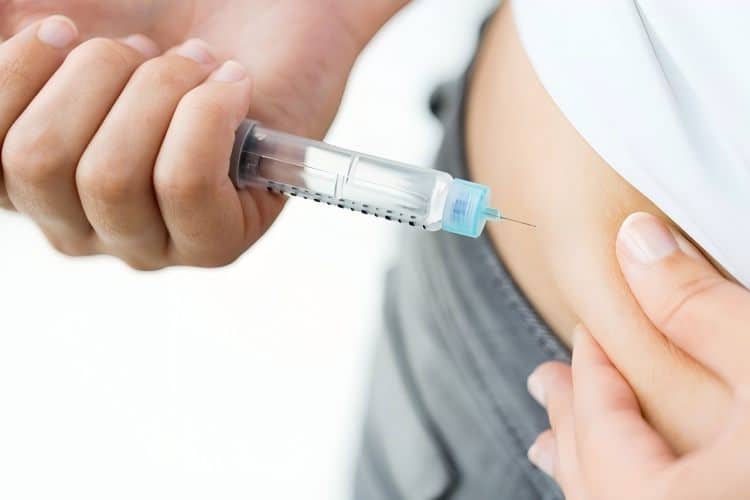
Economic and Safety Implications
While cost concerns drive many patients toward needle reuse, the false economy becomes apparent when examining downstream healthcare expenses. Analysis from the International Diabetes Federation shows that patients experiencing reuse-related complications generate average additional healthcare costs of $3,400 annually through emergency visits, antibiotic treatments, and specialized wound care.
Needle reuse also compromises dosing accuracy. Used needles develop internal blockages from dried insulin and tissue debris, creating back-pressure that can trigger premature pen mechanism wear. This leads to dose delivery errors averaging 15-30% variance from prescribed amounts, directly undermining diabetes management efforts.
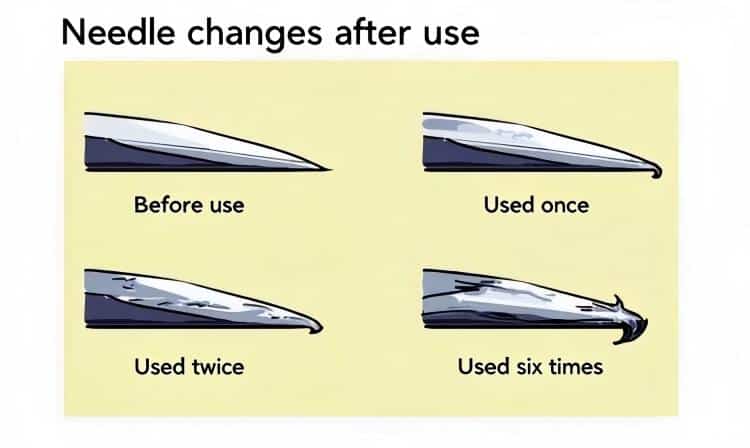
Proper Needle Management Protocol
Healthcare professionals recommend a standardized approach to insulin pen needle management. Each injection should utilize a fresh, sterile needle removed from its protective packaging immediately before use. Following injection, needles should be removed promptly to prevent insulin crystallization within the needle bore, which can block subsequent injections even with new needles.
The injection site rotation strategy proves equally crucial. The human abdomen, thighs, and upper arms contain approximately 40-60 suitable injection sites when properly mapped. Systematic rotation prevents tissue scarring and lipodystrophy development while maintaining consistent insulin absorption rates.

Addressing Barriers to Compliance
Financial constraints represent the primary barrier to proper needle replacement, particularly among uninsured populations. However, most insurance plans cover insulin pen needles as essential diabetic supplies, and patient assistance programs through major manufacturers provide options for qualified individuals.
Healthcare providers emphasize that needle reuse creates a dangerous cycle. Poor injection experiences lead to injection avoidance, delayed dosing, and deteriorating glucose control. This progression often necessitates intensive medical interventions that far exceed the cost of proper needle supplies.
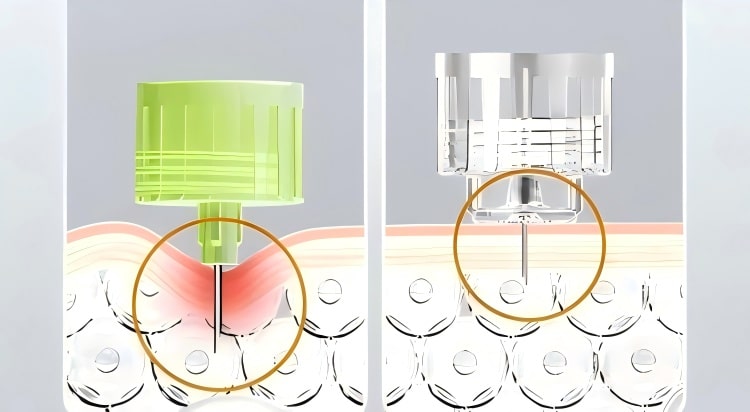
The Daily Commitment
Managing diabetes requires unwavering attention to seemingly minor details that collectively determine long-term outcomes. Fresh needle use represents a fundamental component of safe, effective insulin therapy. The question “Have you changed your insulin pen needle today?” should prompt an automatic “yes” from every insulin-dependent individual.
The evidence overwhelmingly supports single-use protocols for insulin pen needles. When balanced against potential complications, proper needle replacement emerges as both a medical necessity and economic imperative for optimal diabetes management.

